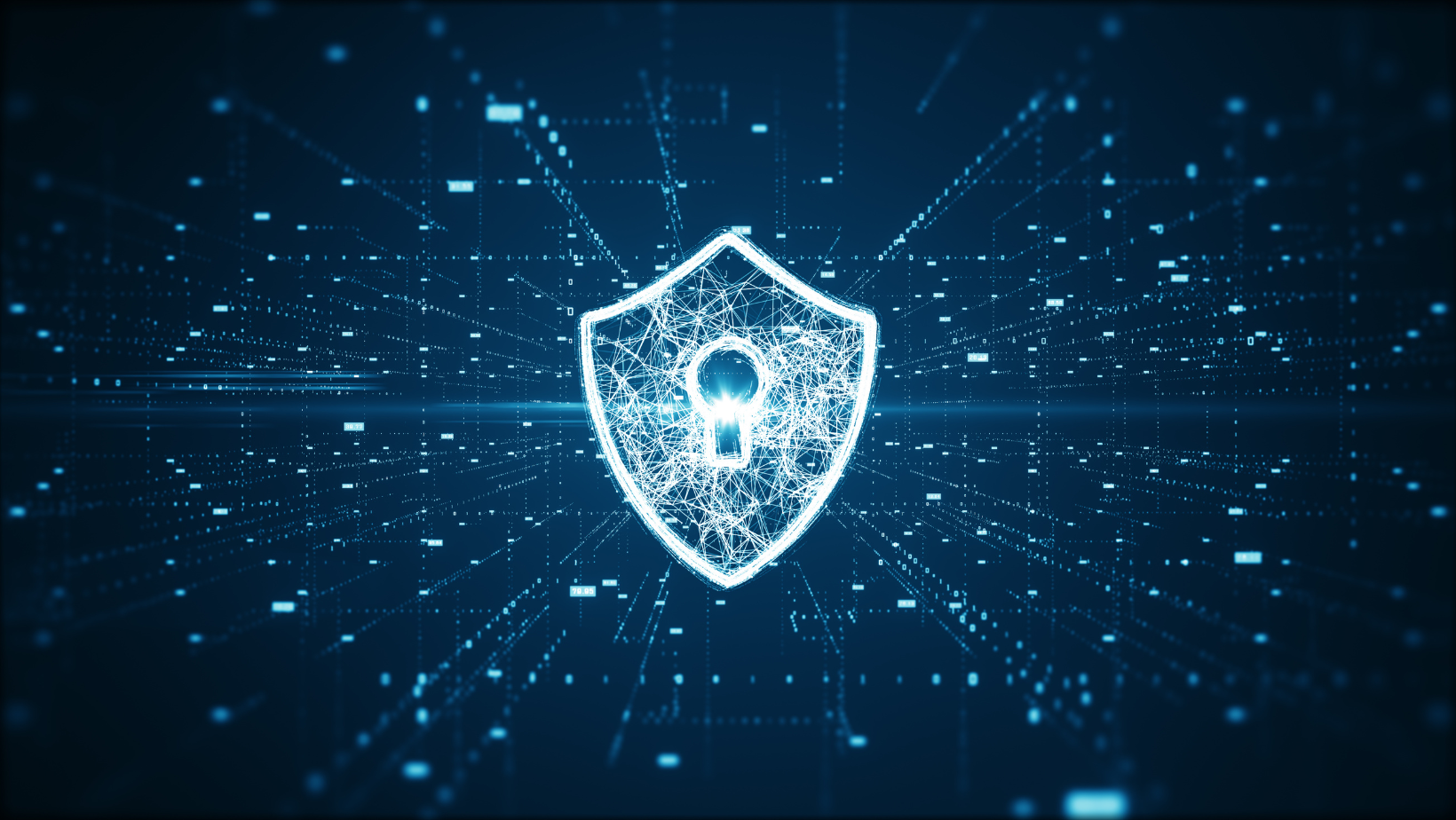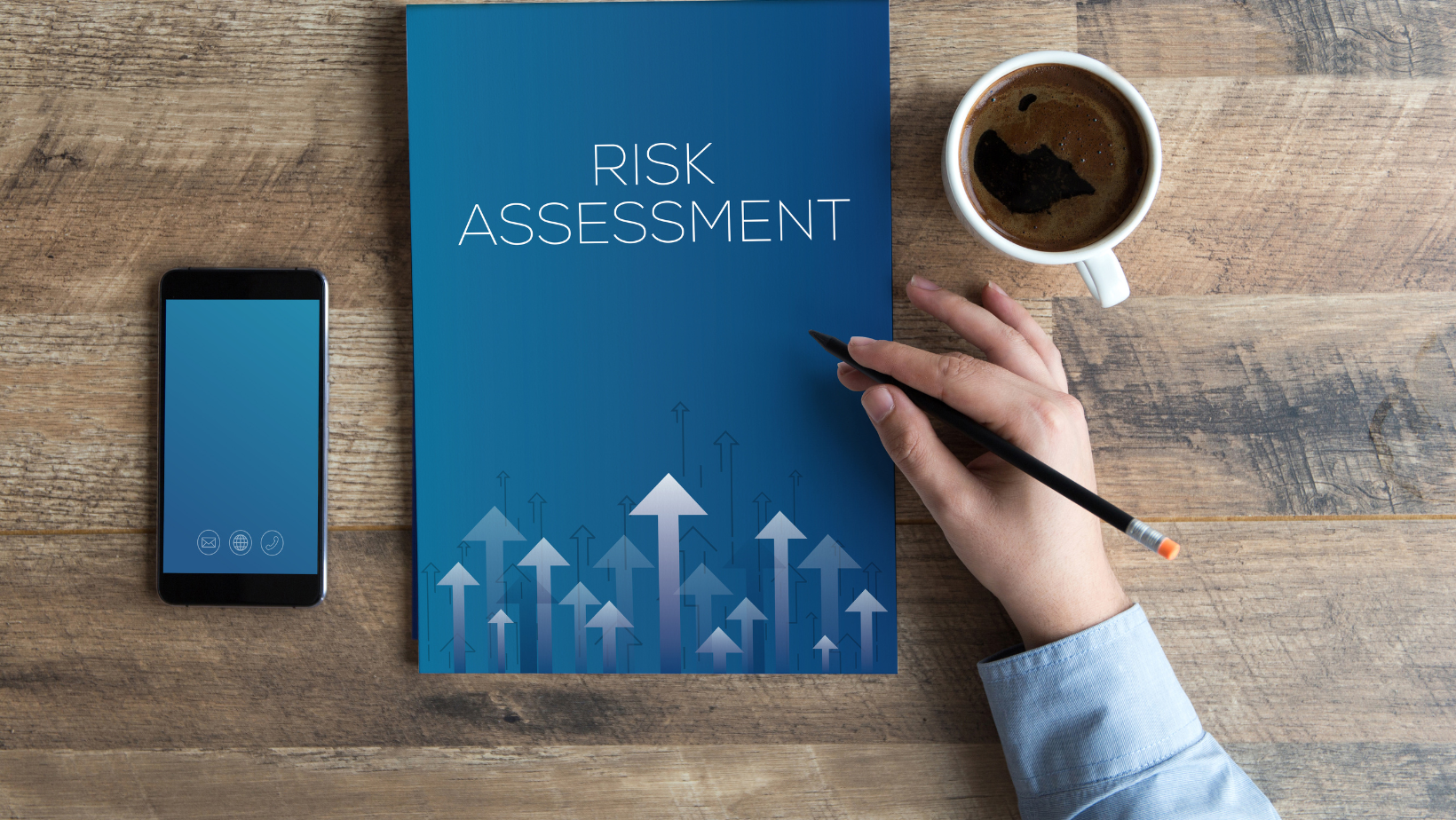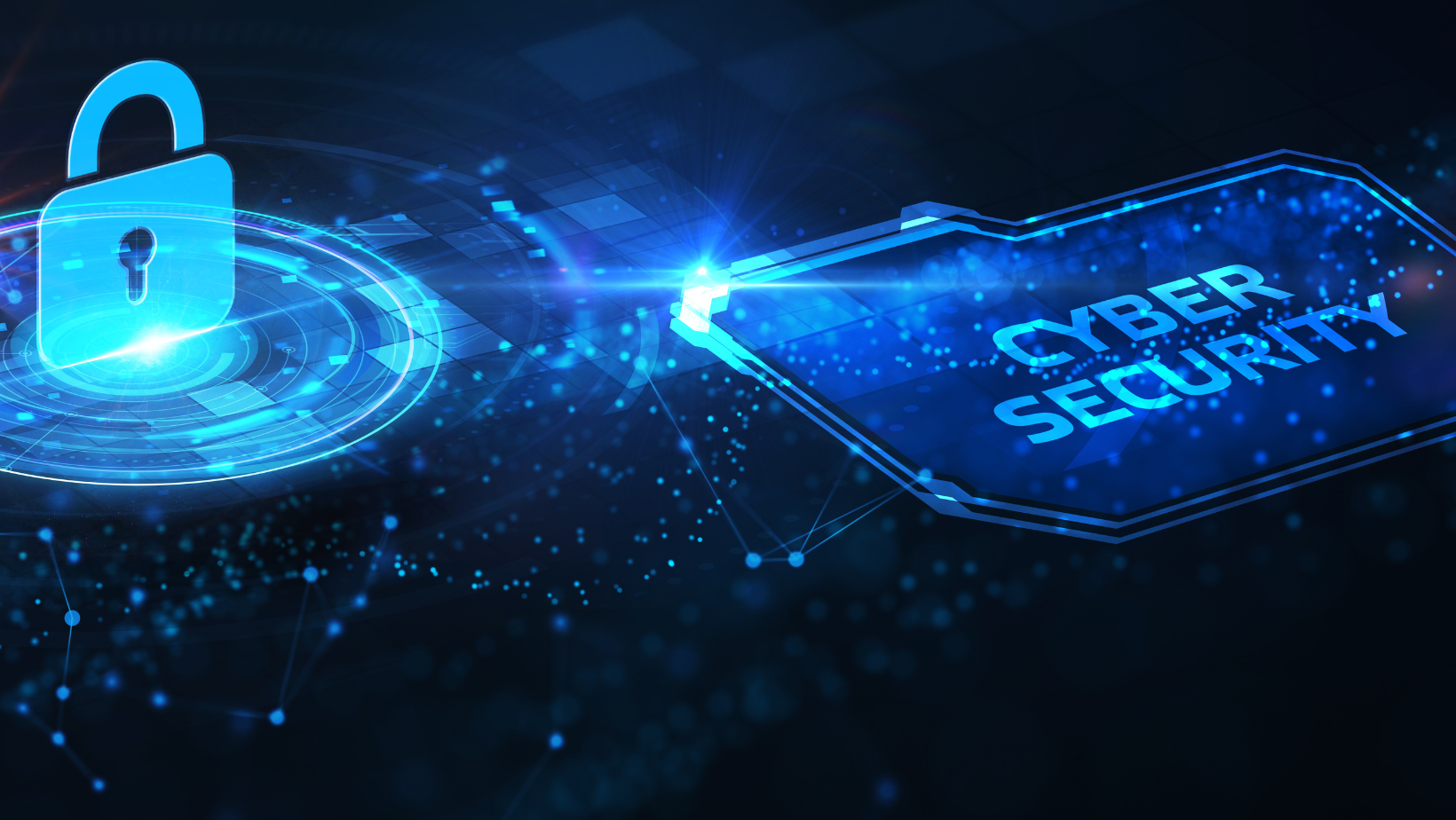How Does IT Disaster Recovery Testing Work?
Businesses today face numerous threats to their IT systems, from natural disasters to human error and cyber-attacks. Organizations need a solid disaster recovery plan to mitigate the risk of these events disrupting business operations. However, having a plan is not enough. It is crucial for businesses to regularly test and update their disaster recovery strategies to ensure they are effective in times of crisis.
This article will look closely at disaster recovery testing and how it works. We will also discuss the importance of testing and provide tips for conducting successful disaster recovery tests.
Understanding IT Disaster Recovery Testing
Disaster recovery testing is a process of evaluating the effectiveness of a company’s disaster recovery plan. It involves simulating potential disasters or disruptions and analyzing how well the plan holds up in these scenarios. This can include scenarios such as power outages, cyber-attacks, equipment failures, and natural disasters.
For example, an organization may simulate a ransomware attack on their systems to see how well their data backup and recovery processes work. IT disaster recovery testing aims to identify any weaknesses in the plan and make necessary improvements before a real disaster strikes.
Types of Disaster Recovery Testing

There are various types of disaster recovery testing, each with its objectives and methods. The most common types include the following:
Tabletop Testing
Tabletop testing, also referred to as a structured walk-through, is a popular form of disaster recovery testing resembling a fun board game night. However, you’re preparing for potential IT catastrophes instead of battling imaginary dragons or constructing digital empires. During this test, key team members assemble physically or virtually and navigate through a specific disaster scenario. The primary objective is to ensure the effectiveness of the recovery plan steps while identifying any gaps or inconsistencies that may exist.
Importantly, this type of testing doesn’t involve actual systems or disruptions. Consider it a secure and consequence-free environment where you can explore various disaster scenarios. For example, you can simulate a scenario where a persistent ransomware attack has compromised your company’s data. As the story unfolds, your team will discuss each action step, assess its potential effectiveness, and adjust the strategy if necessary. The beauty of tabletop testing lies in its simplicity and flexibility, enabling frequent and comprehensive evaluation of your disaster recovery plan.
Simulation Testing
Simulation testing, also known as simulation exercises, involves a more comprehensive and detailed approach than tabletop testing. It aims to simulate realistic disaster scenarios involving actual systems and applications. The primary objective is to assess how well the company’s IT infrastructure can withstand the simulated disaster without significant disruptions to business operations.
During this disaster recovery test, the team may use specialized software or virtual machines to create a disaster scenario. For example, they can simulate a server crash or network outage and observe how the recovery plan performs in bringing systems back online. This type of testing provides a more accurate representation of how your disaster recovery plan will work in real-life situations.
Checklist Testing
Checklist testing, also known as readiness testing, is less of a dramatic production and more of a meticulous, methodical review of your disaster recovery plan. This type of testing involves going through the plan meticulously, item by item, to ensure that every aspect is ready to be deployed when disaster strikes. Think of it as a meticulous pre-flight examination by pilots, checking all the systems and instruments before takeoff.
It’s less about simulating a crisis and more about ensuring that your recovery plan is as ready as a well-packed parachute when that crisis comes. For instance, a company might use a checklist to verify that all necessary backups are regularly performed and stored off-site, all emergency contact information is up-to-date, and clear instructions for employees on what to do when disaster strikes. Although seemingly simple, checklist testing ensures no stone is left unturned in disaster recovery preparations.
Parallel Testing
Parallel testing involves running the primary and backup systems simultaneously and comparing their outputs to determine consistency. This type of DR testing is especially useful for complex IT environments where multiple interconnected systems need to work together seamlessly.
For example, a company might run its production and backup systems simultaneously and compare critical metrics like data accuracy and response times. If the results match, the backup system works correctly and can be relied upon in a disaster.
The Role of Testing in Disaster Recovery

Effective disaster recovery testing is critical for businesses in today’s fast-paced, technology-driven world. It ensures that companies can continue their operations and serve customers even in times of crisis. There are several benefits to regularly testing your disaster recovery plan, such as:
Identifying Weakness
Regular disaster recovery testing is essential for identifying any weaknesses in your plan. It allows you to proactively address potential issues and improve the effectiveness of your plan before a real disaster strikes. For example, during a simulation exercise, an organization may realize that their backup systems are not as robust as they thought, leading them to upgrade their hardware and software.
Additionally, testing can highlight any gaps in communication or unclear roles and responsibilities during a crisis. This allows organizations to make necessary adjustments and ensure that everyone knows their role and what is expected of them. By identifying weaknesses through testing, companies can strengthen their disaster recovery plan and increase their chances of successfully recovering from a disaster.
Building Confidence
Regular disaster recovery testing is not only crucial for identifying weaknesses, but it also helps build confidence in the plan itself. By regularly testing and seeing positive results, organizations can gain trust in their disaster recovery strategies and feel more prepared to handle potential crises. This confidence extends beyond the IT department and can positively impact the entire company.
For example, if you are an e-commerce business, conducting regular disaster recovery testing can assure you that your website will remain functional and secure during a cyberattack or server failure. This confidence is valuable for your customers and employees, as they know that you have a reliable plan to keep the business running smoothly even in times of crisis.
Meeting Regulatory Requirements
Many industries, such as healthcare and finance, have strict regulatory requirements for disaster recovery planning. Regular disaster recovery testing is necessary to ensure companies comply with these regulations. It also provides evidence that they are taking the necessary steps to protect sensitive data and maintain business continuity.
By regularly testing their disaster recovery plan, organizations can avoid hefty fines and legal repercussions while ensuring the safety and security of their data. It also helps build trust with customers and stakeholders, who want to know that their information is safe in the hands of a responsible and compliant company.
Training Employees
Disaster recovery testing not only tests the technical aspects of a plan but also allows organizations to train employees on their roles and responsibilities during a crisis. Employees can become more familiar with the plan and their specific tasks by involving all relevant departments in testing. This preparation is crucial during an actual disaster when time is of the essence, and everyone needs to know what to do.
For example, if a company’s IT department undergoes regular disaster recovery testing, it can train other departments on accessing essential systems or data in an emergency. This cross-departmental training ensures the entire organization is prepared to handle a disaster.
Keeping Systems Up-to-Date
Technology is constantly evolving, and so are potential threats to business operations. Regular IT disaster recovery testing ensures that all backup systems and procedures are up-to-date with the latest developments in technology and security. It helps companies identify outdated systems or applications that may cause delays or failures during a crisis. By regularly testing their disaster recovery plan, organizations can avoid potential problems and ensure their systems are always ready to face any disaster.
Evaluating Service Level Agreements (SLAs)
Service level agreements (SLAs) are contracts between a company and its service providers, and they outline the services provided, response times, and consequences for not meeting agreed-upon terms. Regular disaster recovery testing allows organizations to evaluate their SLAs with service providers and ensure they meet their obligations.
If a disaster strikes, companies must know that their service providers will respond promptly and effectively. By regularly testing these agreements, organizations can identify gaps or areas for improvement in their SLAs and address them before a disaster occurs.
Testing Communication Channels
Communication is key during a crisis, and disaster recovery testing allows organizations to test their communication channels and processes. It ensures that all departments, employees, and stakeholders receive timely updates and instructions during a disaster.
For example, testing communication channels may involve sending mock alerts or conducting a conference call to simulate a crisis. By regularly testing these channels, companies can identify issues with their communication systems and make necessary improvements. This ensures everyone stays informed and can take appropriate action during a real disaster.
Encouraging Continuous Improvement
Disaster recovery testing is not a one-time task; it should be an ongoing process that encourages continuous improvement. Regular testing allows organizations to collect data and feedback from each simulation, identify areas for improvement, and make necessary adjustments. This ensures the disaster recovery plan stays relevant and effective in the face of new risks and challenges.
Companies must regularly review and improve their disaster recovery plans as technology and potential threats evolve. By doing so, they can stay ahead of potential disasters and confidently navigate any crisis that may come their way. So, don’t wait for a disaster to strike; start testing your plan to ensure your business’s survival and success. As the saying goes, “An ounce of prevention is worth a pound of cure.” So, be proactive and regularly test your disaster recovery plan to avoid potential disasters and keep your business running smoothly in times of crisis. After all, it’s better to be safe than sorry!
Steps in IT Disaster Recovery Testing

Businesses can follow these steps to conduct IT disaster recovery testing effectively:
Identify Key Components
Before conducting IT disaster recovery testing, it is crucial to identify the key components of your organization’s infrastructure and operations. These may include servers, databases, applications, networks, and critical business processes. By understanding these components’ dependencies and relationships, you can prioritize which aspects must be tested first.
For example, if a company relies heavily on online transactions for revenue generation, its e-commerce recovery sites and payment gateway should be top priorities for testing. This ensures that these critical components can be recovered quickly and effectively to minimize the impact on business operations during a disaster. Identifying key components also helps organizations understand potential points of failure and proactively address them before they become a bigger issue during a real disaster.
Define Objectives and Disaster Recovery Testing Scenarios
Next, organizations must define their objectives for disaster recovery testing. This may include minimizing downtime, maintaining data integrity, or ensuring minimal impact on customers and stakeholders. Once the recovery objectives are clear, companies can create various disaster recovery scenarios to test the effectiveness of their disaster recovery plan in different situations.
For example, a scenario could involve a natural disaster that causes a power outage and impacts the organization’s ability to access critical data and systems. This allows organizations to simulate real-world situations and analyze the effectiveness of their plan in addressing different types of disasters.
Assign Roles and Responsibilities
Disaster recovery testing involves multiple departments and individuals, each with specific roles and responsibilities during a crisis. It is essential to clearly define these roles and assign them to designated disaster recovery team members during the testing process. This ensures a coordinated effort and effective communication during a disaster.
For instance, one person may be responsible for initiating the disaster recovery plan, another for data backup and restoration, and another for communicating with stakeholders. Clearly defining these roles helps organizations identify gaps or overlaps in responsibilities and address them before a crisis occurs.
Document Results and Make Improvements
After conducting the disaster recovery process, organizations must document the results and make necessary improvements to their plan. It is essential to record any issues or challenges encountered during the simulation and determine how to address them in future tests.
Documenting results also allows companies to track their progress and see how their disaster recovery plan has evolved. This information can be useful in identifying patterns and trends, making informed decisions, and continuously improving the plan to ensure maximum effectiveness.
Common Mistakes to Avoid During Diaster Recovery Tests

As with any process, there are common mistakes that organizations should avoid when preparing a disaster recovery testing checklist:
Not Testing Regularly
Many businesses make the mistake of only testing their disaster recovery plan once a year or less frequently. This can be detrimental as it does not account for technological changes and potential vulnerabilities that may arise throughout the year. Regular testing allows companies to improve their plans and address new threats or risks continuously.
Not Involving All Relevant Departments
Disaster recovery testing is not just an IT department’s responsibility; it involves multiple departments that play a crucial role in an organization’s operations. It is important to involve representatives from these departments in the testing process to ensure all aspects of the business are accounted for and properly integrated into the disaster recovery testing scripts.
Not Having a Backup Plan
While having a recovery time objective plan in place is essential, it is equally important to have a backup plan for unexpected situations. For example, what if the designated team member responsible for initiating the disaster recovery plan is unavailable during a crisis? Companies must have backup plans to ensure they can still effectively manage and recover from a disaster.
Not Updating the Plan
As mentioned earlier, technology and potential threats are constantly evolving. Therefore, it is crucial to regularly update the disaster recovery test plan to account for these changes. Failing to do so may result in an outdated plan that is not effective during a real disaster.
Conclusion
IT disaster recovery testing is critical for businesses to ensure they can effectively and efficiently recover from potential disasters. By following the steps outlined above and avoiding common mistakes, organizations can proactively prepare for crises and minimize their impact on operations. Remember, it is always better to be safe than sorry when it comes to disaster recovery planning.
So, make sure to regularly test your plan and continuously improve it to stay ahead of any potential disasters. Don’t wait until it’s too late; start planning and testing your disaster recovery plan today!
















